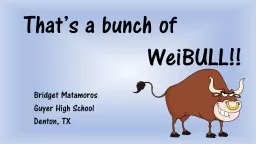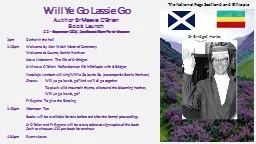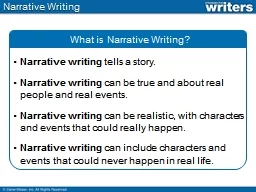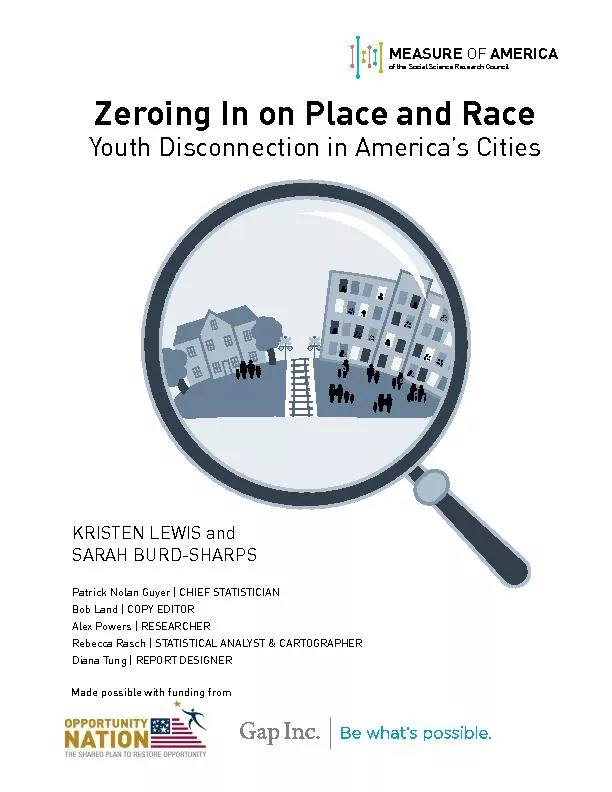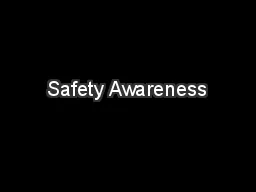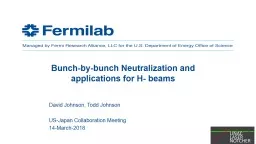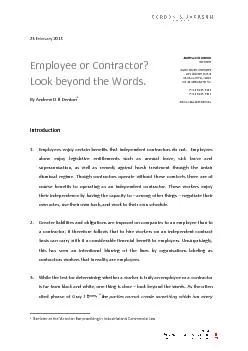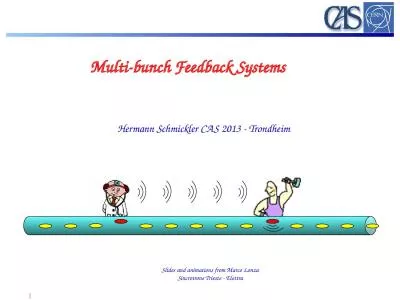PPT-That’s a bunch of Bridget Matamoros Guyer High School Denton, TX
Author : briana-ranney | Published Date : 2019-11-05
Thats a bunch of Bridget Matamoros Guyer High School Denton TX BULL Wei Simulations Work But they must be Efficient Effective Sticky One 90 minute block Get the
Presentation Embed Code
Download Presentation
Download Presentation The PPT/PDF document "That’s a bunch of Bridget Matamoros Gu..." is the property of its rightful owner. Permission is granted to download and print the materials on this website for personal, non-commercial use only, and to display it on your personal computer provided you do not modify the materials and that you retain all copyright notices contained in the materials. By downloading content from our website, you accept the terms of this agreement.
That’s a bunch of Bridget Matamoros Guyer High School Denton, TX: Transcript
Download Rules Of Document
"That’s a bunch of Bridget Matamoros Guyer High School Denton, TX"The content belongs to its owner. You may download and print it for personal use, without modification, and keep all copyright notices. By downloading, you agree to these terms.
Related Documents

